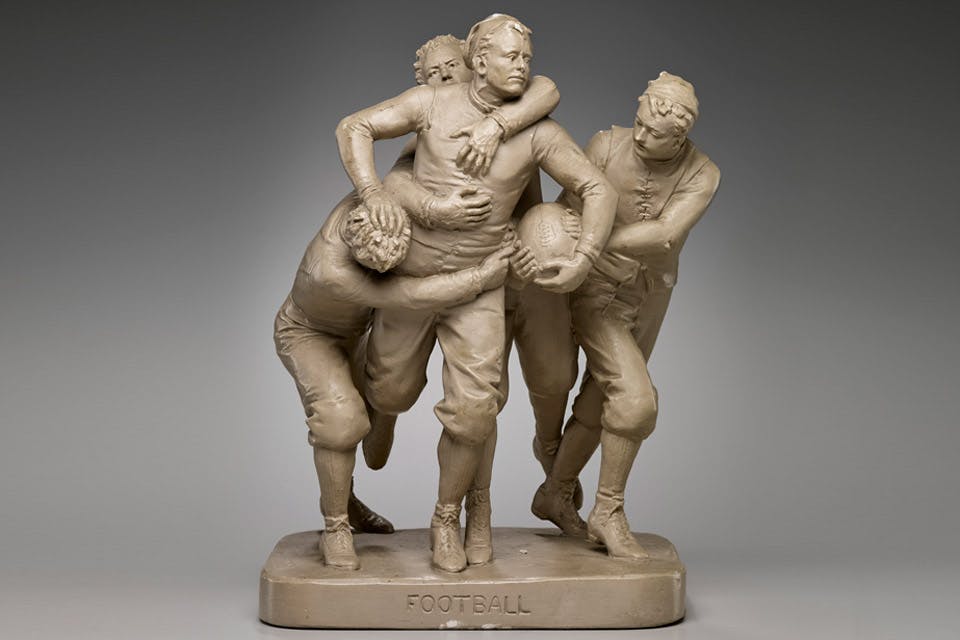Arts
Canton Museum of Art Hosts ‘Scrimmage’
Celebrate America’s fall game with a collection of works stretching from the Civil War to modern day.
Related Articles

Every Exhibition at the Dayton Art Institute in 2026
From traveling shows featuring the works of artist Tony Foster and William H. Johnson to focus exhibitions curated from the museum’s collection, here is what’s on the schedule this year. READ MORE >>

New Immersive Augmented Reality Experience Coming to COSI
Starting Jan. 30, visitors to the Columbus science destination can explore and interact with imaginary, virtual worlds through this holographic theater exhibit. READ MORE >>

Explore Prohibition History at the Anti-Saloon League Museum
The Westerville History Museum shares how the city was once the headquarters of the Anti-Saloon League, an organization which helped spur the enacting of the 18th amendment. READ MORE >>





